Impaired cortical neuronal homeostasis and cognition after diffuse traumatic brain injury are dependent on microglia and type I interferon responses
- PMID: 37937831
- PMCID: PMC10764078
- DOI: 10.1002/glia.24475
Impaired cortical neuronal homeostasis and cognition after diffuse traumatic brain injury are dependent on microglia and type I interferon responses
Abstract
Neuropsychiatric complications including depression and cognitive decline develop in the years after traumatic brain injury (TBI), negatively affecting quality of life. Microglial and type 1 interferon (IFN-I) responses are associated with the transition from acute to chronic neuroinflammation after diffuse TBI in mice. Thus, the purpose of this study was to determine if impaired neuronal homeostasis and increased IFN-I responses intersected after TBI to cause cognitive impairment. Here, the RNA profile of neurons and microglia after TBI (single nucleus RNA-sequencing) with or without microglia depletion (CSF1R antagonist) was assessed 7 dpi. There was a TBI-dependent suppression of cortical neuronal homeostasis with reductions in CREB signaling, synaptogenesis, and synaptic migration and increases in RhoGDI and PTEN signaling (Ingenuity Pathway Analysis). Microglial depletion reversed 50% of TBI-induced gene changes in cortical neurons depending on subtype. Moreover, the microglial RNA signature 7 dpi was associated with increased stimulator of interferon genes (STING) activation and IFN-I responses. Therefore, we sought to reduce IFN-I signaling after TBI using STING knockout mice and a STING antagonist, chloroquine (CQ). TBI-associated cognitive deficits in novel object location and recognition (NOL/NOR) tasks at 7 and 30 dpi were STING dependent. In addition, TBI-induced STING expression, microglial morphological restructuring, inflammatory (Tnf, Cd68, Ccl2) and IFN-related (Irf3, Irf7, Ifi27) gene expression in the cortex were attenuated in STINGKO mice. CQ also reversed TBI-induced cognitive deficits and reduced TBI-induced inflammatory (Tnf, Cd68, Ccl2) and IFN (Irf7, Sting) cortical gene expression. Collectively, reducing IFN-I signaling after TBI with STING-dependent interventions attenuated the prolonged microglial activation and cognitive impairment.
Keywords: TBI; cognitive dysfunction; inflammation; interferon type I; microglia; stimulator of interferon genes.
© 2023 Wiley Periodicals LLC.
Conflict of interest statement
Figures
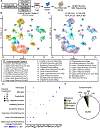
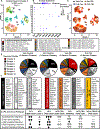
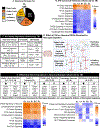
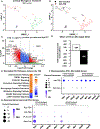

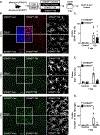
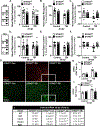
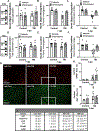
References
-
- Salmond CH, Menon DK, Chatfield DA, Pickard JD, Sahakian BJ, Changes over time in cognitive and structural profiles of head injury survivors, Neuropsychologia 44(10) (2006) 1995–8. - PubMed
-
- Himanen L, Portin R, Isoniemi H, Helenius H, Kurki T, Tenovuo O, Longitudinal cognitive changes in traumatic brain injury: a 30-year follow-up study, Neurology 66(2) (2006) 187–92. - PubMed
-
- Till C, Colella B, Verwegen J, Green RE, Postrecovery cognitive decline in adults with traumatic brain injury, Arch Phys Med Rehabil 89(12 Suppl) (2008) S25–34. - PubMed
-
- Silver JM, McAllister TW, Arciniegas DB, Depression and cognitive complaints following mild traumatic brain injury, Am J Psychiatry 166(6) (2009) 653–61. - PubMed
-
- Jackson JC, Gordon SM, Hart RP, Hopkins RO, Ely EW, The association between delirium and cognitive decline: a review of the empirical literature, Neuropsychol Rev 14(2) (2004) 87–98. - PubMed
Publication types
MeSH terms
Substances
Grants and funding
LinkOut - more resources
Full Text Sources
Medical
Research Materials
Miscellaneous

